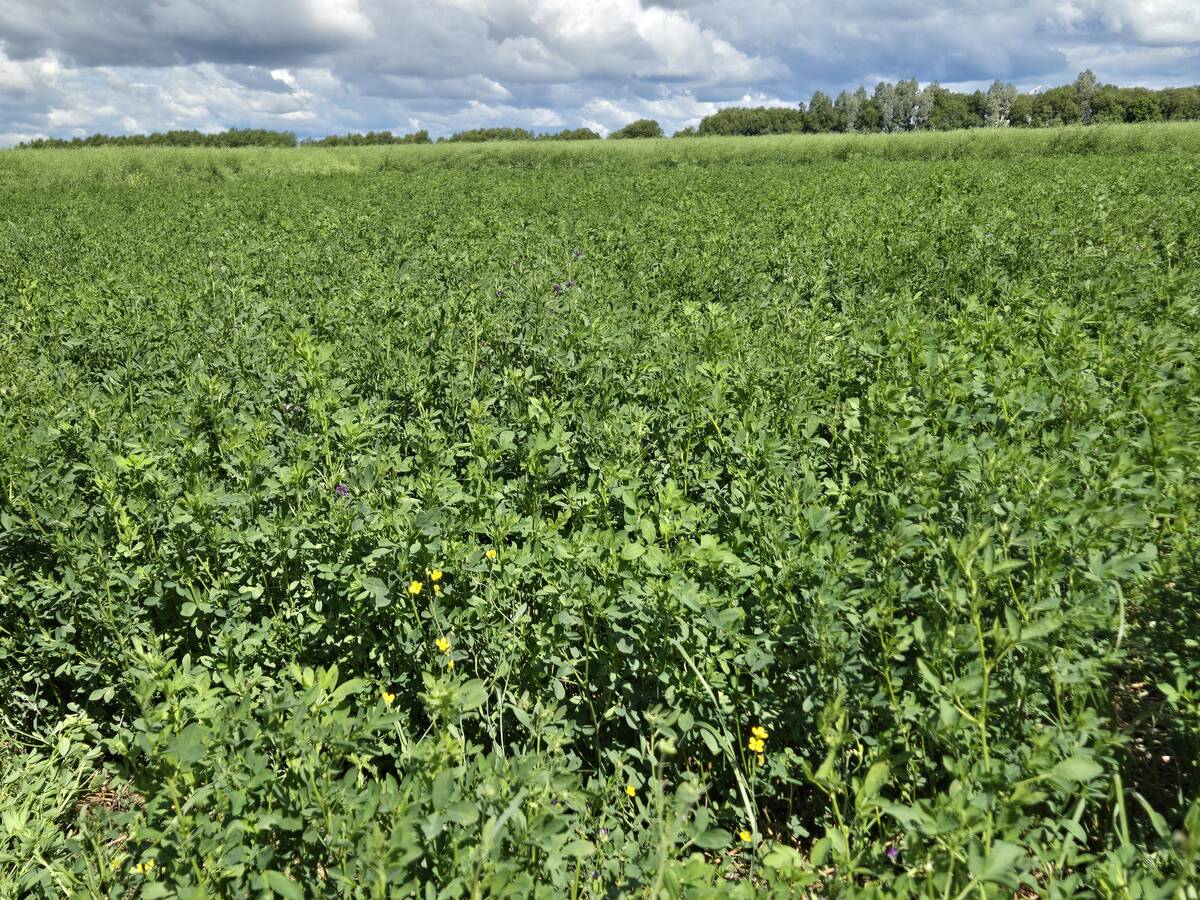It appears commercial cabbage production under irrigation is viable in
northeastern Saskatchewan, says a final report on the Nipawin-area
project.
However, there are some concerns about harvesting, storage and
marketing if acreage grows, says Larry Lee, Saskatchewan Agriculture
extension agrologist in Nipawin.
Saskatchewan now supplies about 40 percent of its in-season
requirements for cabbage.
Demand for fresh cabbage is stable and opportunities exist for
processing the crop. Processors in Saskatoon and Delisle import most of
Read Also

Manitoba Parkland research station grapples with dry year
Drought conditions in northwestern Manitoba have forced researchers at the Parkland Crop Diversification Foundation to terminate some projects and reseed others.
their needs.
This indicates a significant market potential for storage-type
cabbages.
Two of the project’s co-operators have now built storage facilities for
vegetable crops, and have demonstrated they can maintain quality of
cabbage through to March.
“And this commitment is certainly paying off this year as, due to
production problems elsewhere, current cabbage prices are good,” Lee
said.
The project encountered problems that are not unusual in a learning
process.
Five growers participated in 1998, with two producing under dryland
conditions and three under irrigation.
A total of eight acres were in production. It was a dry year, and one
grower dropped out.
Although the following year had normal rainfall, the net return under
dryland production was $443 per acre.
The net return under irrigation was $1,292 per acre.
In 2000, three farmers continued to produce under irrigation, but one
was hailed out.
The yields on the other two sites were excellent and prices also
increased to provide a net return over cash costs of $4,500 an acre,
Lee said.
By the third year, all producers were growing transplants and labour
costs were reduced thanks to improved harvesting techniques.
“These results showed that production under irrigation has excellent
potential,” said Lee, adding that more storage and labour will be
needed if acres increase.
















